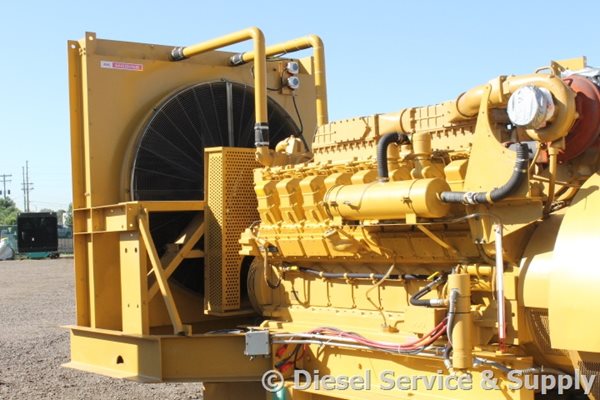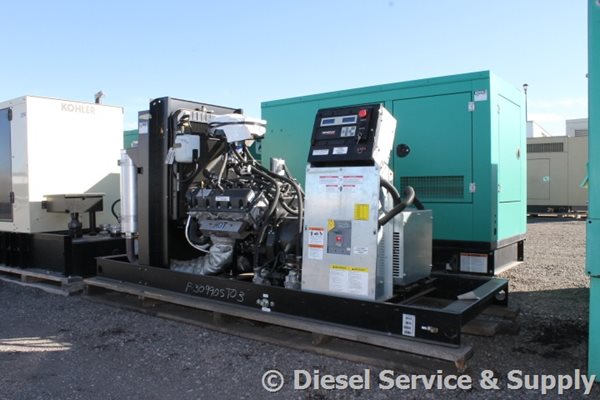|
 Horsepower Horsepower
Horsepower, or the driving force for whatever work you want done, comes in many different shapes and sizes. From huge steam, hydro and wind turbines to small internal combustion engines, electric motors and even offshore oceanic wave action.
Turning your available horsepower into usable wattage for your power needs is a little more complicated than you may think. This is mainly because there are two types of kilowatt (kW) ratings you need to know when determining your generator engine or generator sizing, kWe (electrical equivalent) and kWm. (mechanical or work equivalent). Even though both KWe and KWw have the same result, roughly:
1 horsepower = about 745 and a half watts
But wait! Let’s use a real world example. Imagine we have a diesel engine turning 1 horsepower into 745 watts. This probably isn’t going to happen. Here’s why: Friction
And as you can probably guess, doing the opposite, turning 745 watts from an electrical motor into 1 horsepower probably won’t happen either. Here’s why:
1. Copper loss from copper resistance.
2. Magnetic loss from the magnetic field being applied to the Iron in the stator core.
3. Stray loss from stray currents or harmonics when the motor is under load.
4. Mechanical losses from friction in the motor bearings and the fan for air cooling.
So, back to our example diesel generator set. Another factor to consider is how much load (KW) is your generator going to pick up when it starts and loads? Electrical motors require large amounts of power to start. Let's look more closely at a motor start…. Induction motors draw approximately six times (6X) its full load current; this current remains high until the motor reaches about 80% of speed. This means that if you need more than one induction motor to start simultaneously when your generator set picks up load, it will have a significant effect on the size of a gen-set. One commonly used approach is to assume all connected loads will start in a single step. This results in the largest gen-set selection. Unless you do something to add load incrementally (such as multiple transfer switches with staggered time delays, or a step load controller), then you should use a single-step load for sizing purposes.
In multiple step applications, you start the largest motor first, to minimize the gen-set size. Once placing all loads on line with the gen-set, you can stop and start load equipment with automatic controls. Here, you'll have to size the gen-set by assuming the largest motor starts last, with all other connected loads already online.
 What Else to Consider? What Else to Consider?
There are several important subjects you need to consider before acquiring a diesel generator set:
• What type of fuel do you want to use?
Diesel, Propane, Natural Gas, Bi-fuel and Dual-fuel generators are some choices.
• Indoor or outdoor installation?
The installation location will determine if your generator will need to come in an enclosure.
• What kind of environmental restrictions are in place in your area?
State, County and City environmental permitting is commonly required and may determine the fuel you use and/or how many hours your generator is allowed to run per month or year.
• Will your new generator set be integrated into an existing installation?
This is an important consideration. If your generator is not an exact replacement, much planning and engineering could be required for installation and proper operation.
• Will your generator set be remotely operated?
More Considerations
• Cooling - Engine cooling during the power generation process
• Ventilation - Allowing air flow during the cooling process (design)
• Fuel storage - How long will the generator run for at a specific usage rate
• Noise - dB levels to be expected for specific models
• Exhaust – ppm (parts per million) levels of certain elements
• Starting systems - key start, pull start, button start - lots of options.
Generator Set Sizing Calculators
There are many of these calculators available on the internet. Including these helpful calculators on our website: Power Calculator
Important considerations:
• Too small a generator can cause voltage fluctuations and damage to the generator windings due to overheating. Motors on the load side could also be damaged.
• Too large a generator can cause engine fouling (glazing), due to engine loading.
|